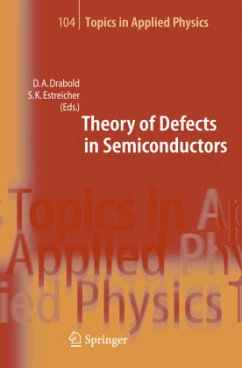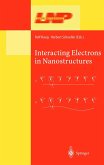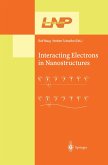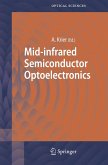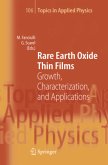Semiconductor science and technology is the art of defect engineering. The theoretical modeling of defects has improved dramatically over the past decade. These tools are now applied to a wide range of materials issues: quantum dots, buckyballs, spintronics, interfaces, amorphous systems, and many others. This volume presents a coherent and detailed description of the field, and brings together leaders in theoretical research. Today's state-of-the-art, as well as tomorrow's tools, are discussed: the supercell-pseudopotential method, the GW formalism,Quantum Monte Carlo, learn-on-the-fly molecular dynamics, finite-temperature treatments, etc. A wealth of applications are included, from point defects to wafer bonding or the propagation of dislocation.
From the reviews: "The silicon technologies and their successors ... owe much of their power to control of defects and dopants. ... it might be suitable for a graduate course, and that it would be appropriate for advanced researchers in physics, chemistry, materials science and engineering, and that it might be a convenient guide for the experimentalist ... . a specialist course book for theory graduate students ... . The hands-on theorist will find the various special topics helpful ... ." (Prof. M. Stoneham, Contemporary Physics, Vol. 48 (3), 2007)

